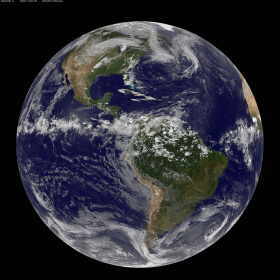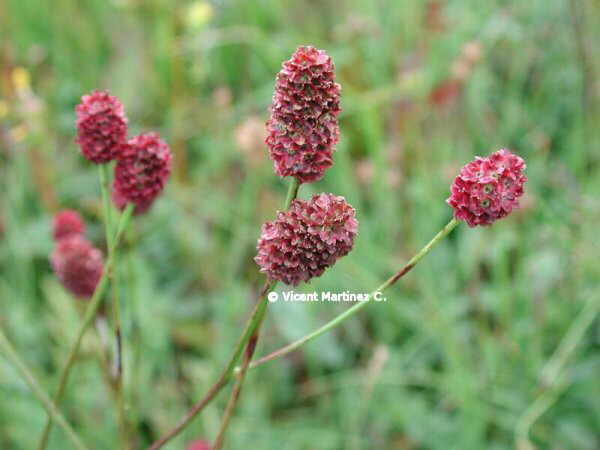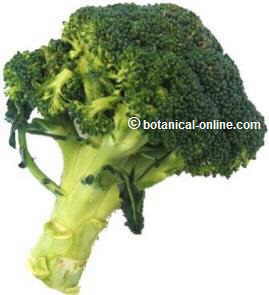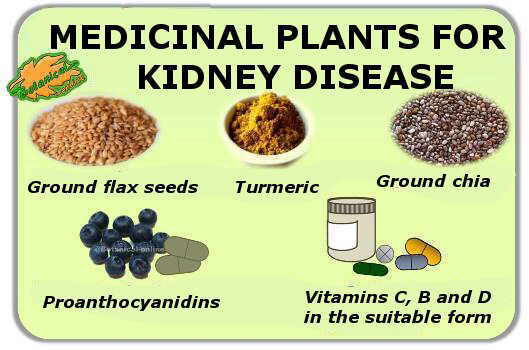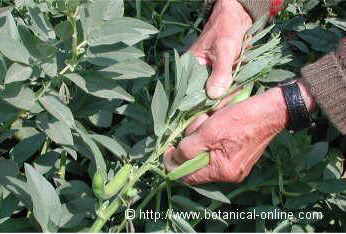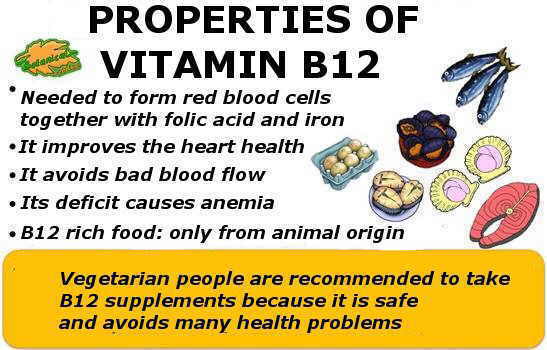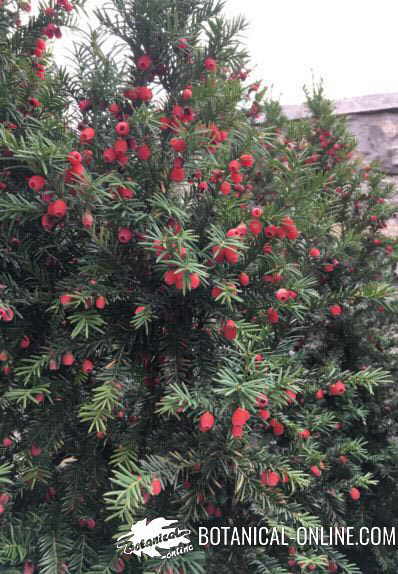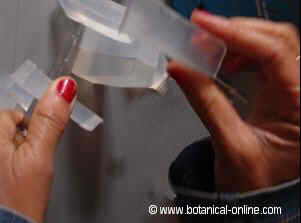Contents
- 1 Quince paste benefits
- 1.1 Characteristics and properties of eating quince
- 1.2 Quince flavor
- 1.3 What is quince paste or quince jelly?
- 1.4 Quince paste properties
- 1.5 Quince paste benefits
- 1.6 Quince pectin fiber content
- 1.7 Quince for intestinal transit and constipation
- 1.8 Nutritional value of quince paste or quince jelly
- 1.9 NUTRITIONAL COMPOSITION TABLE OF QUINCE
- 1.10 Quince for diabetes
- 1.11 Quince benefits
Quince paste benefits
Characteristics and properties of eating quince
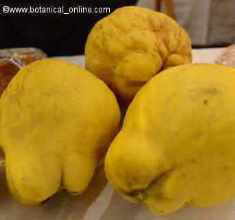
Quince is the fruit of a tree that receives the same name, the quince (Cydonia oblonga). The quince tree belongs to the Rosaceae family and is botanically related to the apple or pear tree. Quinces have an oval shape, and a fine, rough and velvety skin. The skin color is green, which turns brownish yellow with brown tones at maturity.
Quince flavor
Inside, it contains an edible pulp of a light yellow color and a fibrous texture. It is a very acidic and rough fruit due to its high tannin content, which is practically inedible even when ripe.
That is why it is consumed in the form of quince paste, also called quince meat and quince jam.
What is quince paste or quince jelly?
Quince paste or quince jelly is a typical recipe of the late summer and early autumn season, which is prepared by cooking the fruits of the quince, sugar and water in some cases. It is a translucent mass with a more or less brownish or brown color.
Quince paste properties
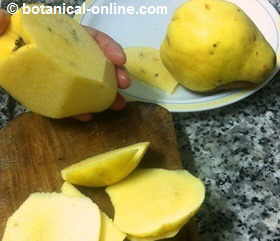
Quince paste is a food traditionally used for digestive system affectations. It is recommended to consume especially when there are certain digestive diseases, such as constipation or diarrhea.
It provides energy that is easy to digest, coming from its sugar content. People with diabetes, obesity, or problems with sugar, should avoid consuming it or doing it in low amounts.
Quince paste is a seasonal food that should be eaten in moderation as it contains a lot of sugar (usually half its weight or a little less).
Quince paste benefits
Among the properties of the quince are:
- High fiber content (1-2% depending on the recipe)
- Demulcent properties
- Remedy for constipation
- Quince does not provide practically no fat or protein.
- At the mineral level, it provides potassium, in addition to a certain content of magnesium, selenium and copper.
- At the vitamin level, it is a recipe rich in vitamin A, vitamin C, and also contains B vitamins such as thiamine and niacin (except B12).
Quince pectin fiber content
One of the main characteristics of quince is its high content of pectin, a type of fiber with demulcent properties, that is, to soften and relieve irritation of the digestive mucosa.
Pectin forms a gel that captures gastric juices and relieves irritation of the gastric wall, its intake is a great relief for those who suffer from heartburn, gastritis or digestive ulcers.
Quince for intestinal transit and constipation
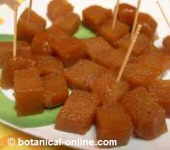
Pectin also stands out for its role as an intestinal regulator. It stimulates the movement of the intestines, prevents constipation and acts as an intestinal brush. Consuming quince regularly prevents constipation and hemorrhoids.
Pectin fiber, taken regularly, also helps prevent gallbladder stone formation, lowers cholesterol, and is a powerful protection against colon cancer.
In addition, the quince fruit is very rich in tannins (even more so than apples), components with anti-inflammatory and astringent properties, very useful for the treatment of intestinal diseases, Crohn’s, ulcerative colitis, diverticulitis and to stop diarrhea.
Nutritional value of quince paste or quince jelly
Quince paste made with twice the proportion of quince than sugar (For example, 1 kg. of quince and half a kilo of sugar), without added water, has the following composition:
- It is a food very rich in sugar, which is the main nutrient it provides. Although an excess of refined sugar is not suitable in general, moderate consumption of quince paste does not pose a health problem but the opposite: The multiple benefits of quince outweigh the possible disadvantages of sugar.
- The sugar it contains is easy to assimilate and, consumed in moderation, it can be used in all kinds of balanced diets. It is also a source of energy that is easy to digest for those convalescing, sick, down, tired, students, children, people with a lot of stress…
- It contains a lot of fiber and helps regulate digestive functions, intestinal rhythm, inflammation and many digestive system problems. Quince paste is recommended for people with chronic constipation, irritable bowel, hemorrhoids and other problems related to low stools, because its pectin fiber helps to form fecal bolus and facilitates evacuation. For these people, quince paste can be a real “super food” (It can be frozen and consumed all year round).
NUTRITIONAL COMPOSITION TABLE OF QUINCE
| Quince nutritional composition table | Raw quince 100g. | Quince paste per 100g. |
Calories (Kcal) | 57 | 197,7 |
Fats (g.) | 0,1 | 0,08 |
Proteins (g.) | 0,4 | 0,3 |
Carbohydrates (g.) | 15,3 | 50,3 |
Fiber (g.) | 1,9 | 1,5 |
Potassium (mg.) | 197 | 151,5 |
Sodium (mg.) | 4 | 3,1 |
Phosphorus (mg.) | 17 | 13,1 |
Calcium (mg.) | 11 | 8,5 |
Cupper (mg.) | 0,13 | 0,1 |
Magnesium (mg.) | 8 | 6,15 |
Iron (mg.) | 0,7 | 0,54 |
Zinc (mg.) | 0,04 | 0,03 |
Selenium (mg.) | 0,6 | 0,5 |
Vitamin C (mg.) | 15 | 11,5 |
Vitamin B1 (Thiamine) (mg.) | 0,02 | 0,02 |
Vitamin B2 (Riboflavin) (mg.) | 0,03 | 0,02 |
Niacin (mg.) | 0,2 | 0,15 |
Folic acid o folacin (mcg.) | 3 | 2,3 |
Vitamin B6 (mg.) | 0,04 | 0,03 |
Vitamin A (UI) | 40 | 30,8 |
Vitamin E (mg.) | 0,55 | 0,42 |
Caption: ![]() = It is considered to be a food rich in this nutrient.
= It is considered to be a food rich in this nutrient.
Quince for diabetes
People with diabetes should consider that quince paste contains a lot of sugar and that, if they consume it, it should be with certain precautions:
In general, people with diabetes are advised to take it in small amounts and outside of meals if they eat it, so as not to combine it with other foods very rich in carbohydrates that could alter their sugar control.
For example, a person with diabetes can add no more than 10g. of quince paste in a salad, yogurt, or have a small square in the middle of the afternoon, with a skimmed yogurt. It is important to combine it with foods with few carbohydrates, such as: cheese, nuts, skimmed yogurt, an infusion, etc.
Quince benefits
It provides energy to have vitality during the day. It helps to eliminate toxins from our body, due to its pectin and potassium content.
It helps to maintain correct brain functions, due to its content of phosphorus and group B vitamins.
Protects the skin and helps keep it healthy, due to its vitamin A content.
Protects against colds and helps heal wounds, due to its vitamin C content.
Protects against toxins and aging, due to its content of vitamin A, C and E and the minerals selenium and zinc.
![]() More information on quince.
More information on quince.

